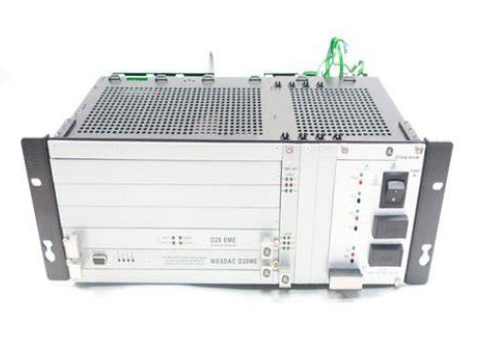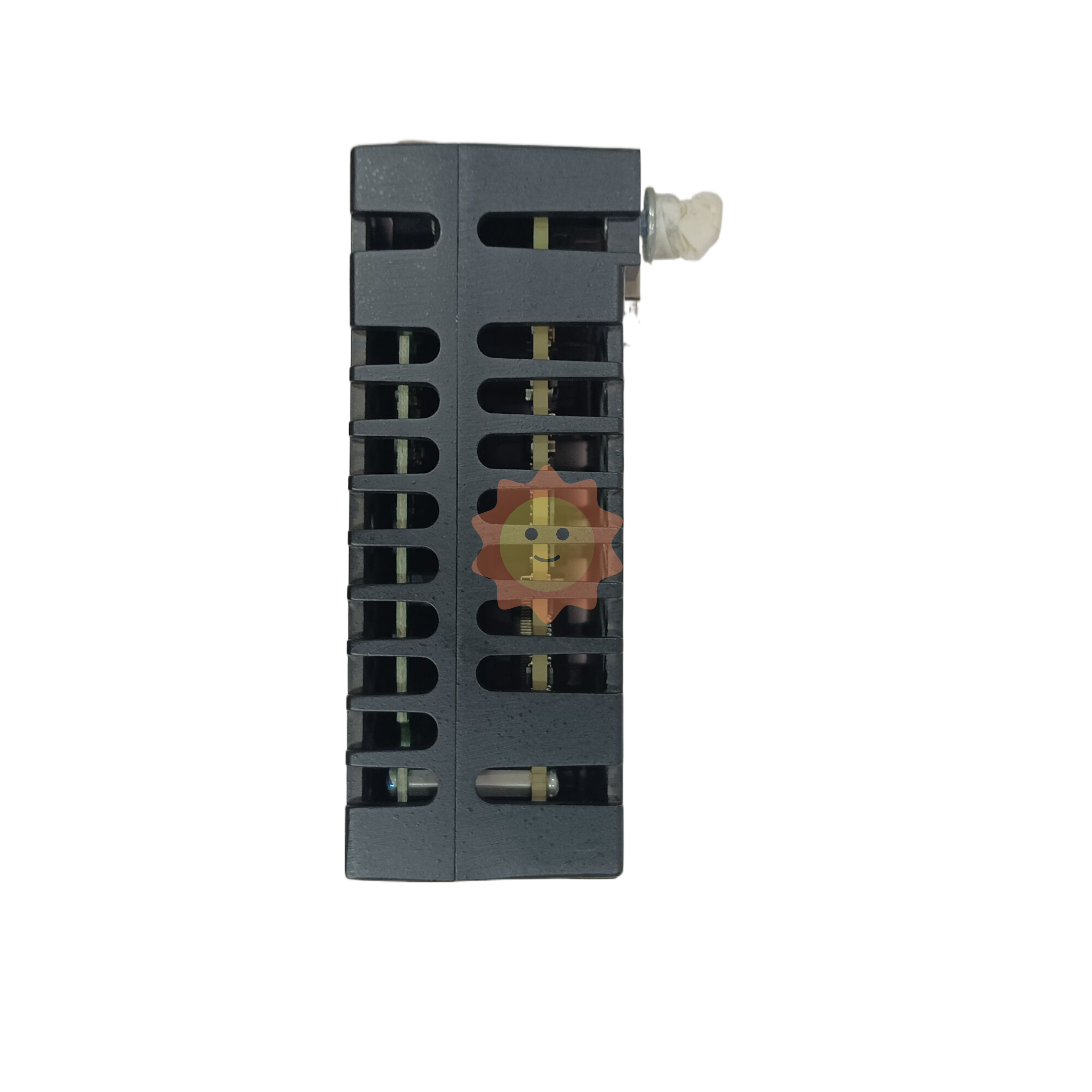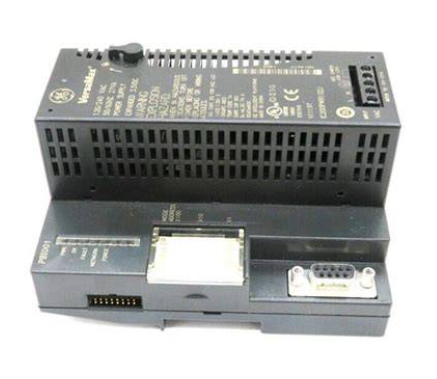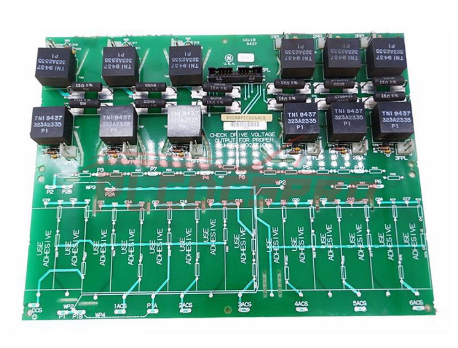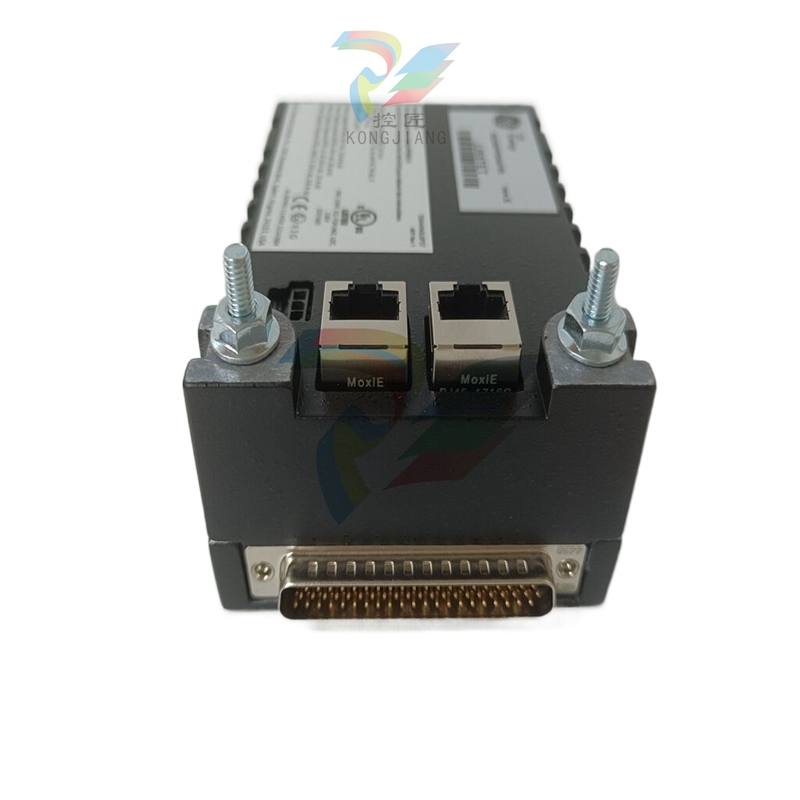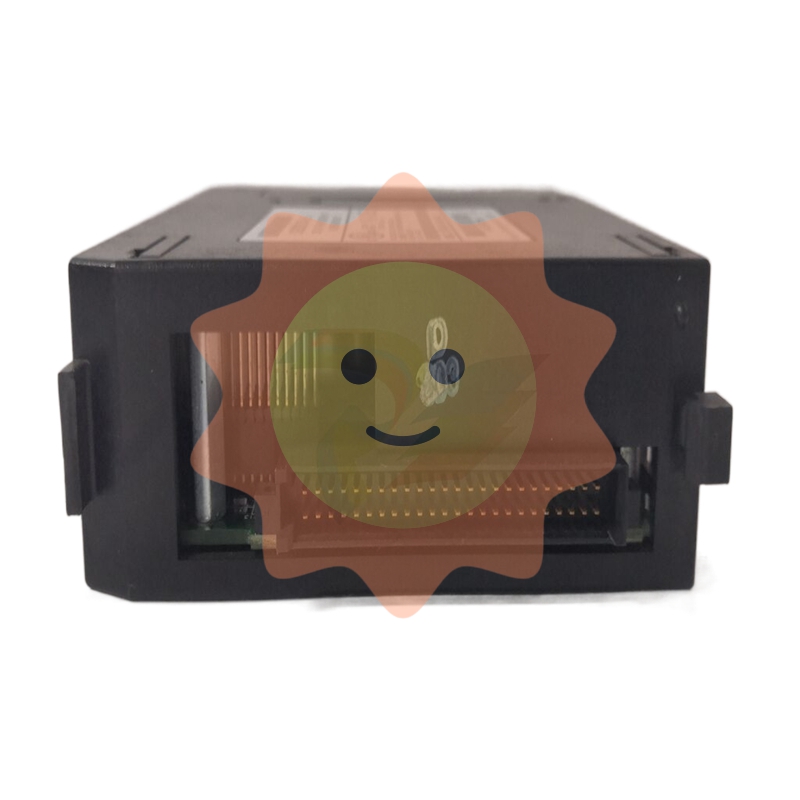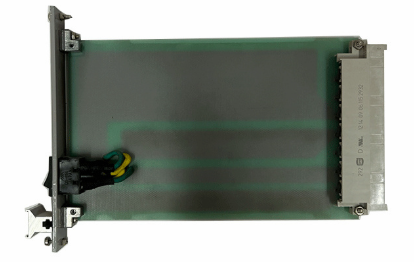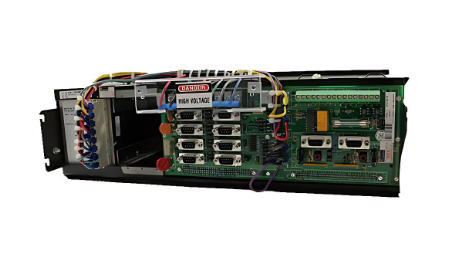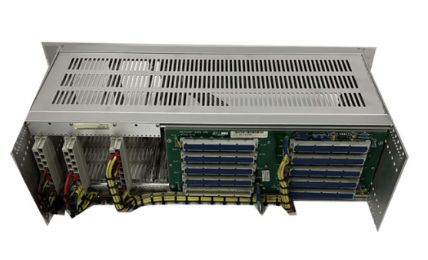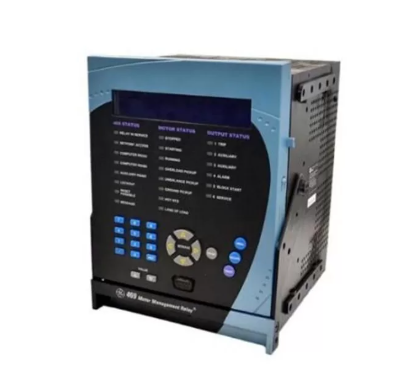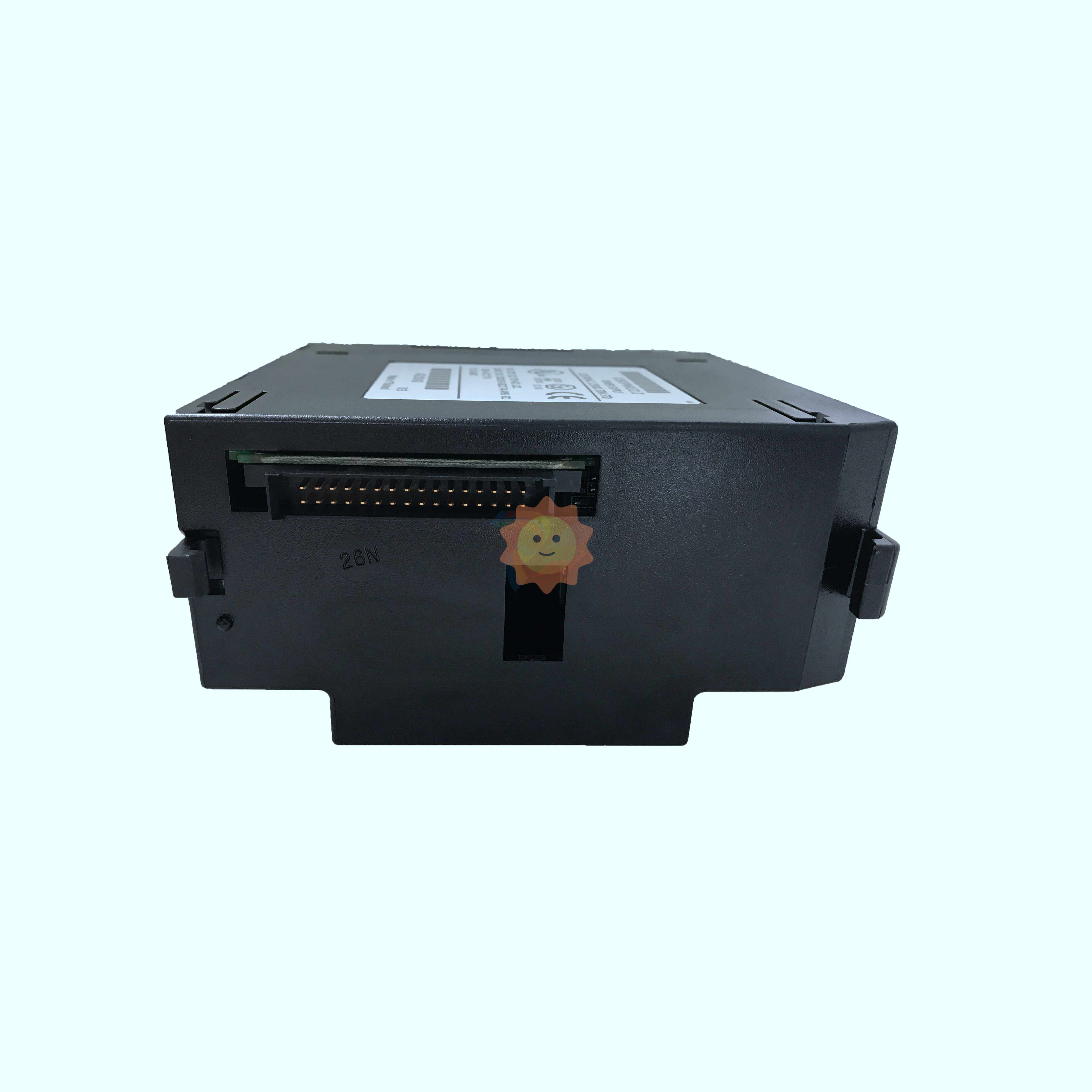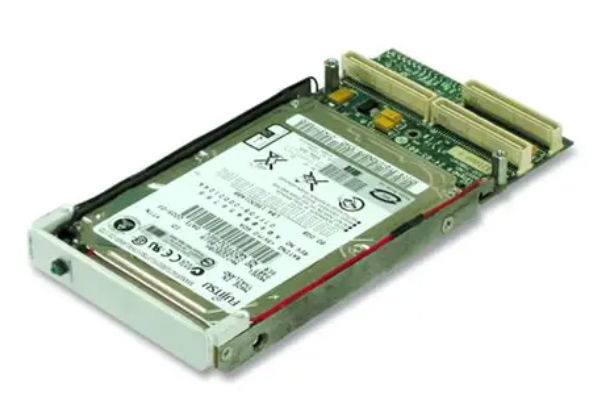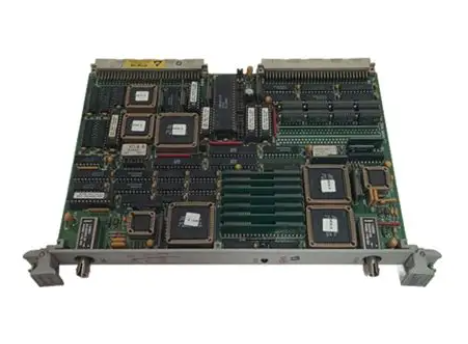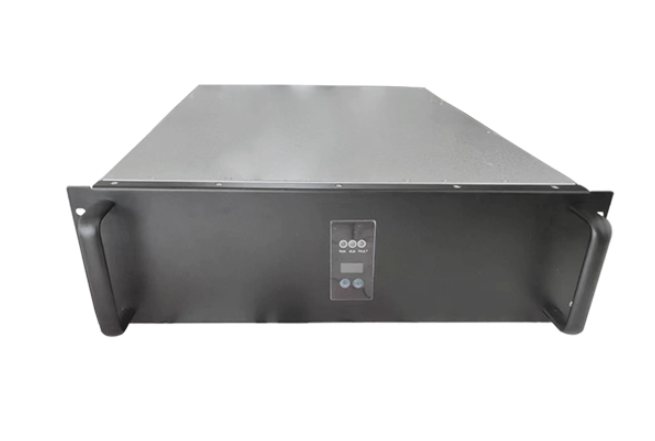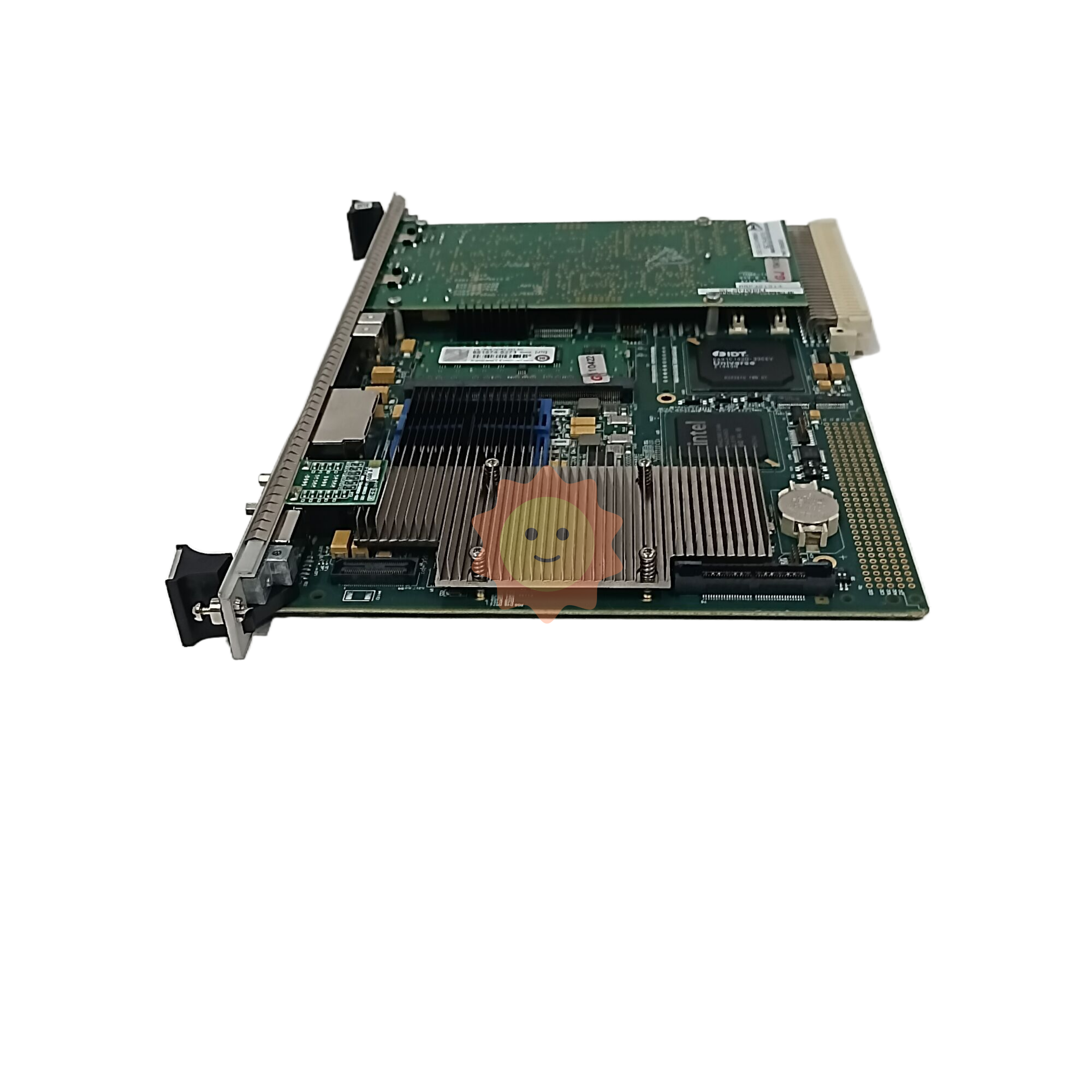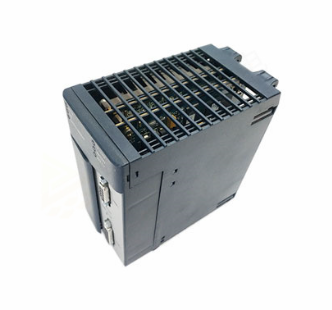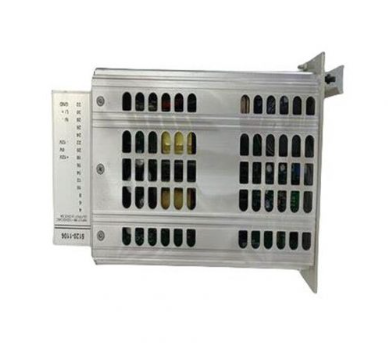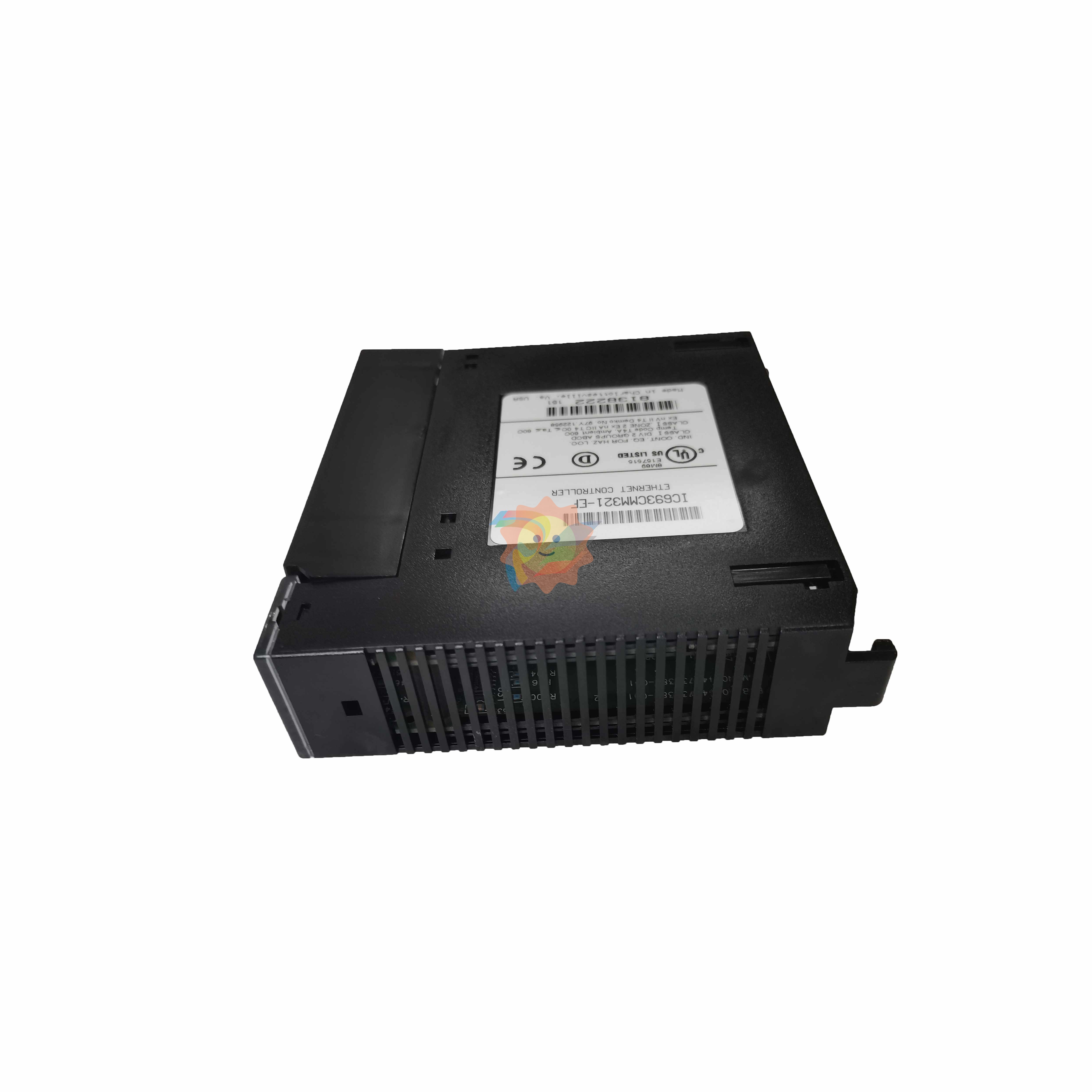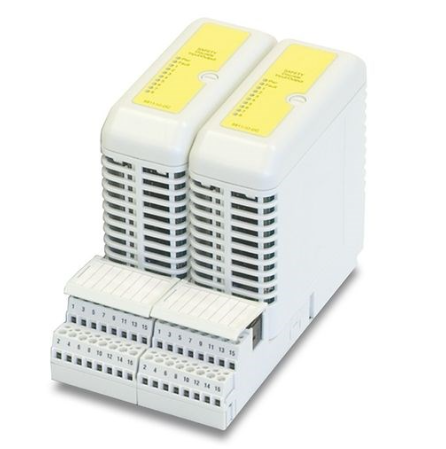ABB TB820V2 Compact Product Suite hardware selector
ABB TB820V2 Compact Product Suite hardware selector
S800 I/O is a comprehensive, distributed and modular process I/O system that communicates with parent controllers and PLCs over industry-standard field buses. The TB820V2 ModuleBus Modem is a fiber optic interface to the ModuleBus. The ModuleBus Modem has an electric and an optical interface which are logically the same bus. A maximum of 12 I/O modules can be connected to the electrical ModuleBus and up to seven clusters can be connected to the fiber optic ModuleBus. The fiber optic interface is intended for local distribution of I/O clusters and where more than 12I/O modules are required in an I/O station.
Features and advantages
Equipped with 2 fiber optic ports to connect to the optical Module Bus, and connected to the I/O module through the electrical Module Bus.
It can monitor the I/O Module Bus and power supply, providing isolated power supply for the I/O module.
Equipped with a rotary switch, it is used to select the cluster number (1 to 7) on the optical Module Bus, which can meet the scenario where the I/O station requires more than 12 I/O modules and is suitable for local distribution of I/O clusters.

Specification parameters
The typical consumption value for 24V is 100mA.
Dimensions: Width 58mm (2.39 inches), height 170mm (6.7 inches, including lock), depth 122mm (4.8 inches), weight 0.3kg (0.66 pounds).
Environment and Certification
Having CE certification, electrical safety complies with standards such as EN 61010-1 and UL 61010-1, hazardous area certifications include C1 Div 2 cULus, and also has ABS, BV and other classification society certifications.
The working temperature is 0 to+55 ° C (+32 to+131 ° F), certified for+5 to+55 ° C; the storage temperature is -40 to+70 ° C (-40 to+158 ° F).
The pollution level is level 2 (compliant with IEC 60664-1), the anti-corrosion level is ISA-S71.04: G3, and the relative humidity is 5 to 95% (no condensation).
The maximum ambient temperature is 55 ° C (131 ° F), and when installed vertically, it is 40 ° C (104 ° F). The protection level is IP20 (compliant with EN60529 and IEC 529).
Compliant with RoHS (Directive 2011/65/EU) and WEEE (Directive 2012/19/EU) standards.
Working principle
The core function of TB820V2 is to achieve the conversion and transmission of electrical signals and fiber optic signals. When the signal generated by the I/O module is transmitted through the electrical Module Bus, the module converts the electrical signal into an optical signal and transmits it to other clusters or upper level controllers through the fiber optic interface; On the contrary, optical signals from optical fibers will also be converted into electrical signals and distributed to the connected I/O modules. At the same time, the built-in monitoring circuit of the module detects the I/O bus status and power parameters in real time. If any abnormalities occur, preset logic feedback is used to ensure the continuity and reliability of signal transmission.
Key advantages
Flexible Expansion: Supports multi cluster connections (up to 7) and I/O module expansion (up to 12) to meet the needs of industrial control systems of different scales.
Strong anti-interference ability: The fiber optic interface reduces electromagnetic interference, and the isolated power supply design further enhances signal stability, making it suitable for complex industrial environments.
Comprehensive monitoring: Real time monitoring of bus and power status, early warning of potential faults, and reducing the risk of system shutdown.
Easy installation: Compact structure (size 58mm × 170mm × 122mm, weight 0.3kg), compatible with standard installation frame, easy to integrate into existing systems.
Precautions
Installation environment: It needs to be installed in an environment with pollution level 2 (IEC 60664-1) and relative humidity of 5%~95% (no condensation), avoiding damp, high temperature (over 55 ° C) or strong electromagnetic interference areas; When installed vertically, the ambient temperature should be controlled below 40 ° C.
Power requirements: Ensure that the input power is stable at 24V to avoid voltage fluctuations that may cause module damage or signal transmission abnormalities.
Cluster setting: When setting the cluster number by rotating the switch, it is necessary to ensure consistency with the system plan to avoid communication failures caused by number conflicts.
Compliance: Installation and use must comply with CE, UL and other certification standards, as well as local industrial safety regulations. Unauthorized modification of module circuits is prohibited.
Similar model supplement
In the ABB S800 I/O system, models with similar functionality to TB820V2 include:
TB820: The predecessor of TB820V2 has basically the same functions, but there are slight differences in fiber transmission efficiency and environmental adaptability, making it suitable for scenarios with lower performance requirements.
TB830: Supports a higher number of I/O module expansion (up to 32), with line redundancy function, suitable for large-scale industrial projects with higher reliability requirements.
- EMERSON
- Honeywell
- CTI
- Rolls-Royce
- General Electric
- Woodward
- Yaskawa
- xYCOM
- Motorola
- Siemens
- Rockwell
- ABB
- B&R
- HIMA
- Construction site
- electricity
- Automobile market
- PLC
- DCS
- Motor drivers
- VSD
- Implications
- cement
- CO2
- CEM
- methane
- Artificial intelligence
- Titanic
- Solar energy
- Hydrogen fuel cell
- Hydrogen and fuel cells
- Hydrogen and oxygen fuel cells
- tyre
- Chemical fiber
- dynamo
- corpuscle
- Pulp and paper
- printing
- fossil
- FANUC
- Food and beverage
- Life science
- Sewage treatment
- Personal care
- electricity
- boats
- infrastructure
- Automobile industry
- metallurgy
- Nuclear power generation
- Geothermal power generation
- Water and wastewater
- Infrastructure construction
- Mine hazard
- steel
- papermaking
- Natural gas industry
- Infrastructure construction
- Power and energy
- Rubber and plastic
- Renewable energy
- pharmacy
- mining
- Plastic industry
- Schneider
- Kongsberg
- NI
- Wind energy
- International petroleum
- International new energy network
- gas
- WATLOW
- ProSoft
- SEW
- wind
- ADVANCED
- Reliance
- YOKOGAWA
- TRICONEX
- FOXBORO
- METSO
- MAN
- Advantest
- ADVANCED
- ALSTOM
- Control Wave
- AB
- AMAT
- STUDER
- KONGSBERG
- MOTOROLA
- DANAHER MOTION
- Bently
- Galil
- EATON
- MOLEX
- Triconex
- DEIF
- B&W
- ZYGO
- Aerotech
- DANFOSS
- KOLLMORGEN
- Beijer
- Endress+Hauser
- MOOG
- KB
- Moxa
- Rexroth
- YAMAHA
- Johnson
- Westinghouse
- WAGO
- TOSHIBA
- TEKTRONIX


Email:wang@kongjiangauto.com











































































